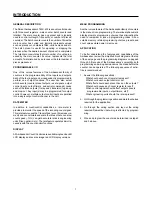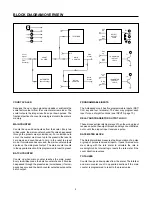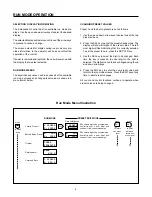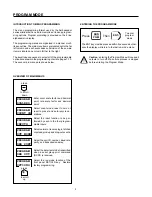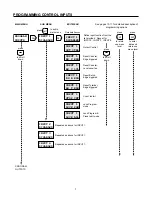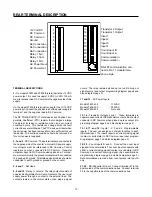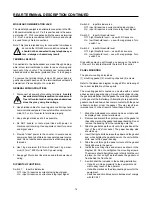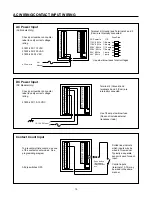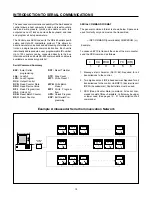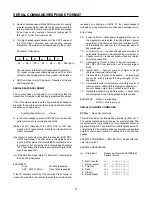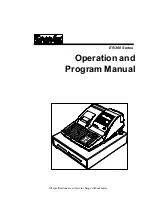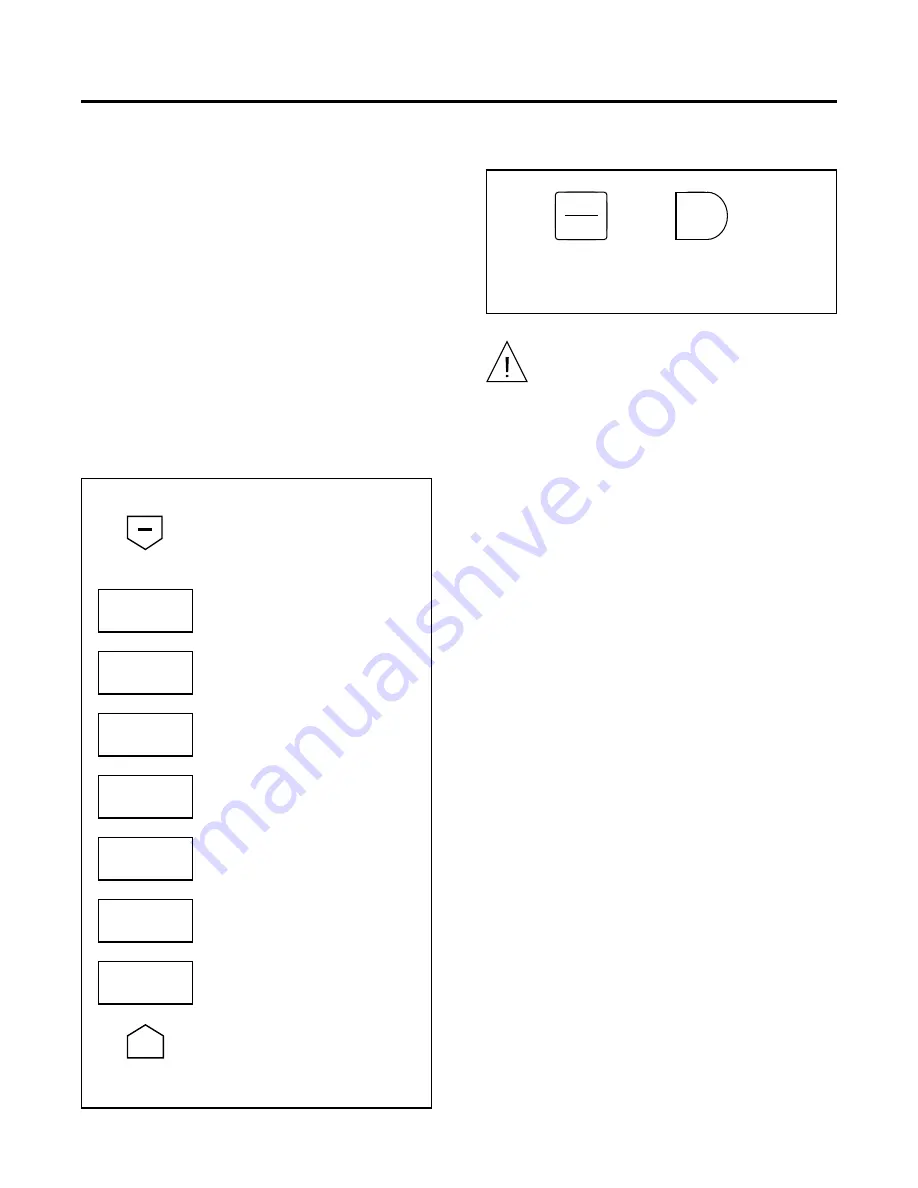
5
PROGRAM MODE
INTRODUCTION TO MENU PROGRAMMING
The menu programming format used by the Ambassador
series eliminates the need to memorize or look up program-
ming options. Program prompting is provided on the 2 line
alphanumeric display.
The programming menus are organized in a manner much
like an outline. The main menu items are located out to the far
left column and each successive subdivision of these main
items is located one column further to the right.
The keystroke sequences to select all of the programmable
options are shown in the programming charts on pages 7-10.
The seven main menus are shown below.
RUN
PGM
Then
ENT
To enter
program
mode
The ENT key must be pressed within five seconds, other-
wise the display will return to the last run mode menu.
ENTERING THE PROGRAM MODE
Press
OVERVIEW OF MAIN MENUS
Select count mode, reset to zero or
reset to preset and auto-recycle op-
erations.
Select the input function to be per-
formed by each to the four program-
mable inputs.
Select normal or reverse logic, latched
or pulsed, pick-up and drop-out events.
Select the unit I.D. number, baud rate,
parity, and transmission delay.
Enter count scale factor and decimal
point, rate scale factor and decimal
point.
PROGRAM
SCALERS
PROGRAM
COUNT IN
PROGRAM
INPUTS
PROGRAM
OUT MODE
PROGRAM
SER PORT
PROGRAM
SER OUT
PROGRAM
OPTIONS
press
to scroll
down
press
to scroll
up
+
Select the data items to be transmitted
when a serial group print command
(RCD7) is received.
Select the run mode function of the
front panel RST/CLR key. Restore
factory programming.
Caution: entering the Program Mode will cause all
outputs to turn off. Make sure process is stopped
before entering the Program Mode.


